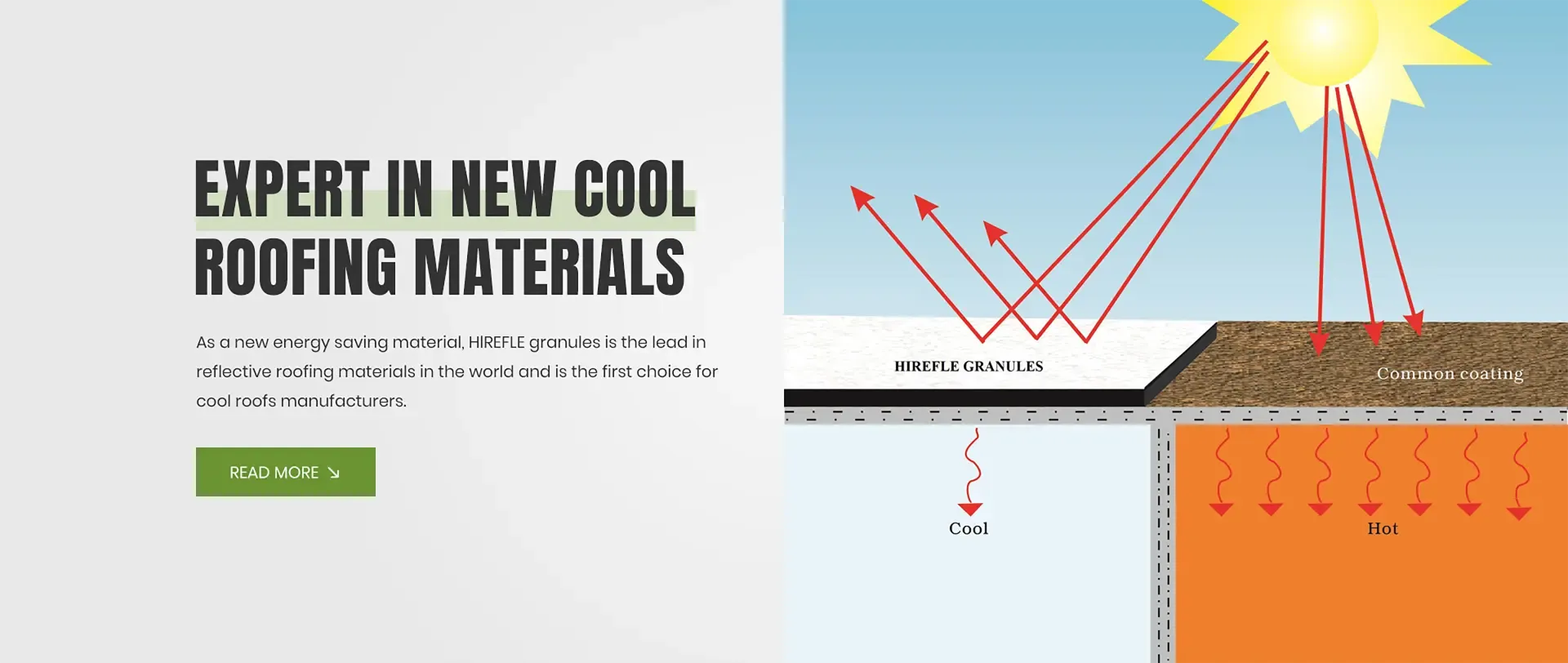
ديسمبر . 30, 2024 01:50 Back to list
excessive granule loss on shingles
Excessive Granule Loss on Shingles Causes and Implications
Roof shingles are a critical component of any building's exterior, providing one of the primary lines of defense against the elements. However, a common problem that homeowners and property managers face is excessive granule loss on shingles. This issue not only diminishes the aesthetic appeal of roofs but also poses significant risks to overall roof integrity and longevity. Understanding the causes of granule loss, the implications for roofing systems, and the necessary steps for remediation is essential for maintaining a reliable roofing structure.
Understanding Granules and Their Role
Shingle granules are small, colored, ceramic-coated crushed stones that adhere to the surface of asphalt shingles. These granules serve multiple purposes they protect the underlying asphalt layer from the sun’s ultraviolet (UV) rays, provide fire resistance, and enhance the visual appeal of roofs. The granules also improve traction during installation and help prevent the shingles from curling or cracking.
Over time, however, these granules can become loose and wash away due to various factors, leading to what is commonly referred to as granule loss. While some granule loss is normal, excessive loss can indicate underlying issues that could affect the roof's performance and lifespan.
Causes of Excessive Granule Loss
1. Age of the Roof One of the primary causes of granule loss is the natural aging of shingles. As roofs age, the adhesive that holds the granules in place can degrade, allowing the granules to dislodge more easily. Most asphalt shingles have a lifespan of 20 to 30 years, and as they approach the end of this timeline, granule loss can become more pronounced.
2. Weather Conditions Extreme weather can accelerate granule loss. High winds, heavy rains, and hail can physically remove granules from shingles. Additionally, excessive heat can cause shingles to become brittle, leading to cracking and further granule loss.
3. Poor Installation Improper installation of shingles can lead to various problems, including excessive granule loss. If shingles are not properly aligned or secured, they are more susceptible to damage from the elements, which can lead to granule loss over time.
4. Manufacturing Defects Occasionally, defects during the manufacturing process can result in poor adhesion of granules to shingles. This can lead to premature granule loss, particularly in specific shingle batches.
5. Algae and Moss Growth In humid environments, the growth of algae and moss can also contribute to granule loss. These organisms can trap moisture, creating a breeding ground for further degradation of the shingle surface, ultimately leading to granule detachment.
excessive granule loss on shingles

Implications of Granule Loss
Excessive granule loss can have serious implications for a roofing system. The most immediate concern is the reduced protection against UV radiation. Without adequate granules, the underlying asphalt can become damaged, leading to deterioration, leaks, and a significant decrease in the roof's lifespan.
Additionally, granule loss can affect the warranty of roofing materials. Many manufacturers require roofs to maintain a specific level of granule integrity for warranty coverage. Excessive granule loss might void warranties, leading to costly repairs or replacements.
Lastly, aesthetics are also at stake. A roof with significant granule loss will appear faded and worn, negatively impacting the overall appearance of the property and potentially lowering its market value.
Remediation Strategies
To address excessive granule loss, several strategies could be employed
- Regular Inspections Homeowners should schedule regular inspections to assess the condition of their roofs. This includes evaluating granule loss and identifying any potential issues early. - Roof Maintenance Keeping gutters clean and free of debris helps prevent water from being trapped on the roof, reducing moisture levels that contribute to granule loss.
- Replacement In cases where excessive granule loss is detected, particularly in older roofs, replacement may be the best option. New shingles will not only restore protection but also enhance the aesthetics of the property.
- Proper Installation Techniques When replacing shingles, ensuring proper installation techniques can substantially reduce the risk of future granule loss.
In conclusion, while some granule loss on shingles is expected over time, excessive loss can signify larger problems that should be addressed promptly. Understanding the causes, implications, and remediation strategies is crucial for maintaining a healthy roofing system and ensuring long-term protection for any structure. Regular maintenance and vigilant observation can preserve the integrity and appearance of roofs, safeguarding them against potential damage.
-
Small Clay Roof Tiles for Durable & Stylish Roofing Red & Custom Options Available
NewsJun.24,2025
-
Lifetime Roof Shingles – Durable Roofing Solutions for Decades
NewsJun.10,2025
-
Top Roofing Shingles Types Compare Different Types of Architectural Roofing Shingles for Your Home
NewsJun.10,2025
-
Affordable Asphalt Shingle Roll Durable & Easy Flat Roof Solution
NewsJun.09,2025
-
Metal Asphalt Look Roofing Durable Shingle-Style Options
NewsJun.09,2025
-
Premium Clay Valley Roof Tiles Durable & Eco-Friendly
NewsJun.09,2025







